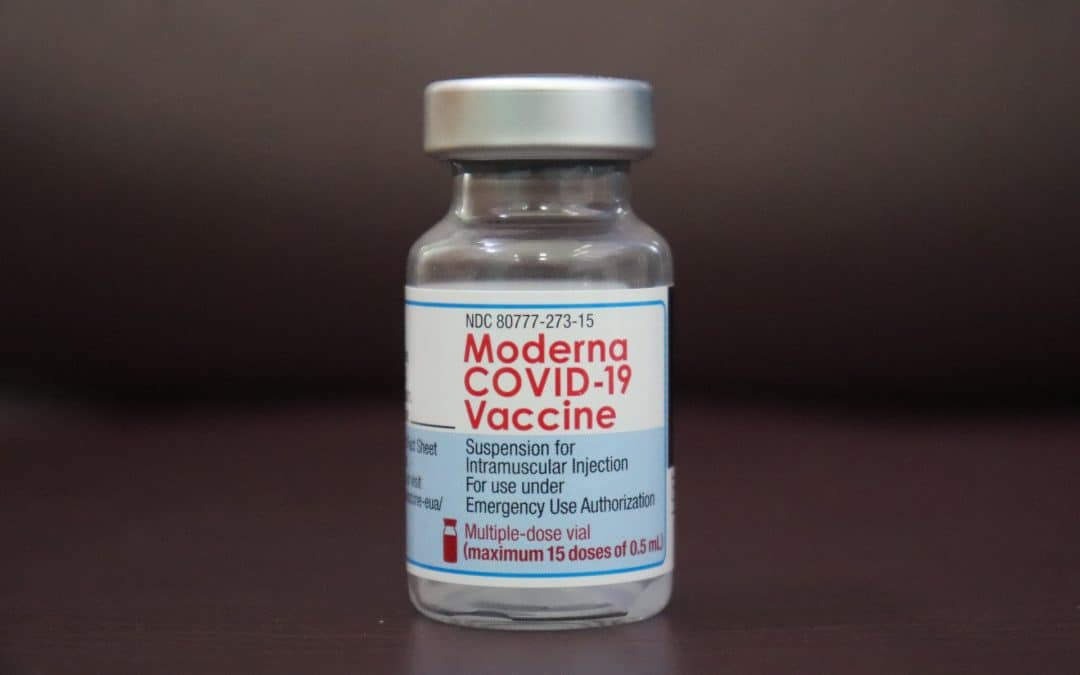Image via Pixabay
When the outlook appeared bleak during the worst of the COVID-19 pandemic, vaccine manufacturers stepped up and performed admirably, delivering inoculations on a vast scale. Now, equipment solutions such as vial filling machines are helping manufacturers remain sustainable and eco-friendly.
But how has this been achieved? Why are vial filling machine manufacturers so crucial to the ongoing viability and sustainability of the vaccine development process? We explore this in greater detail, looking at how vial filling machines are changing the game for vaccine carbon emissions.
Reducing Wastage for Vaccine Doses
Reducing wastage of vaccine doses has always been a key priority for pharma manufacturers. Doses that become damaged or contaminated or materials that are spilled or lost represent doses that cannot be delivered to clinics and administered to patients. If too many doses are lost to wastage, the entire inoculation procedure becomes dangerously inefficient, making it more difficult to ensure the 70% to 85% vaccination rates considered necessary to halt the spread of the pandemic.
But, from a carbon point of view, there are other dangers to consider. Any vaccines that are lost will need to be replaced, which means manufacturers need to work harder to fulfill the demand placed upon them. This is probably where the biggest advantage of vaccine filling machines comes into play — filling machines achieve dose standardization and eliminate manual processes that can lead to wastage. With standardized doses, there is no spillage or wastage, while automated processes ensure that no doses are lost.
Eliminating Damage to Vials
It’s not just the manufacture of the vaccine dose itself that leads to carbon emissions. All other materials, receptacles, equipment pieces, and other items associated with the process need to be manufactured too, and this means a release of carbon dioxide into the atmosphere. Studies have identified the manufacture of the vaccine vials themselves as a particularly significant source of emissions.
Manual processes are not only inefficient, but they can also be wasteful. Vials are dropped, broken, damaged, or misplaced, and then inventories need to be replenished. This replenishment results in additional carbon emissions, further reducing the environmental sustainability of the overall process. But with vial filling machines in place, this manual contact with vaccine vials is minimized, and the vials are far less likely to be broken or damaged. As fewer vials need to be replaced, the carbon footprint of the operation is diminished.
Supporting More Streamlined Operations
The coronavirus pandemic has resulted in an unprecedented demand for vaccines. Manufacturers need to produce doses on a scale that is almost unheard of, while still achieving high levels of quality control across all batches. In order to meet this demand, the production landscape has grown more complex. Now, as well as in-house teams from major pharma producers, third-party service providers are also required to meet high levels of demand. This results in complicated systems in which pharma manufacturers are working together with vaccine CDMOs (contract development and manufacturing companies), producing enormous batches of inoculation doses.
For this new order of operations to be successful, careful management is required. Let’s look at a simplified model of how this might work. For example, a pharma production team develops the vaccine and formulates the dose. They then pass these doses on to a CDMO partner who completes the vaccine fill/finish process for the manufacturer. Once this process is complete, the CDMO passes the inoculation batches on to another partner who handles distribution.
Immediately, we can see weak points in this chain — namely, the points of handover between operational partners. With automated systems such as vaccine filling machines in place, teams can mitigate these vulnerabilities. For instance, the pharma manufacturer delivers doses to the CDMO, and these doses are fed directly into the vial filling machine. Once filled and sealed, the production line continues, and the doses are automatically delivered to the distribution partner. The process becomes unified and streamlined, with key operations handled only once without overlap. As a result, the carbon efficiency of the entire procedure is increased.
More Reliable Cold Chain Processes
Another carbon-intensive area of vaccine production is the cold chain. Vaccine production relies upon cold chain technology to ensure that the proper conditions are maintained at all points during manufacture. If temperatures become too high, the vaccine dose may become spoiled, decreasing the efficiency of the operation. However, at the same time, efforts must be made to ensure that refrigeration is handled in a sustainable and ecologically viable manner.
Vial filling machines can help to ensure that the cold chain process is made as efficient as possible. The most important benefit of the filling machine, in this context, is how easily it can be integrated with other parts of the production line. We’ve already discussed above how vaccine doses can be fed through the production line, into the vial filling machine, and then onward into packaging machines ready for distribution. This unified process makes it far easier to achieve efficiency in refrigeration and cooling, reducing the carbon emissions required to ensure reliable temperatures and climatic conditions.
A Dual Focus for the Modern World
The modern world has become more complex, with numerous issues vying for attention in the public consciousness. On the one hand, we have the ravages of coronavirus, which have brought untold disruption and destruction to communities right across the globe. On the other hand, we have the threat of ecological disaster and the cold reality that something must be done to reverse current trends in climate change.
We simply cannot focus on one while ignoring the other. As scientists and authorities around the world battle to bring the coronavirus under control, they must not lose sight of sustainability and ecological concerns. With vial filling equipment and other technological solutions, we can target the best of both worlds — a robust response to the horrors of COVID-19, as well as a responsible attitude to the future of our planet.
